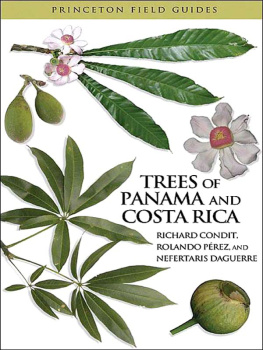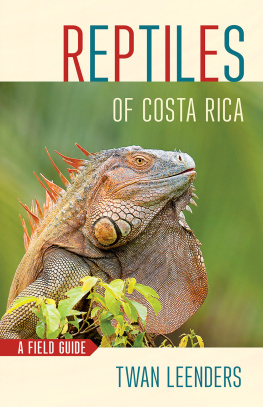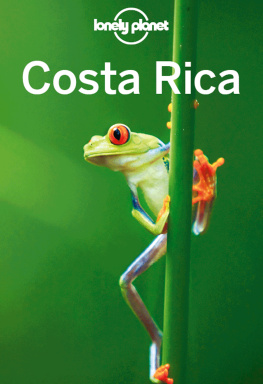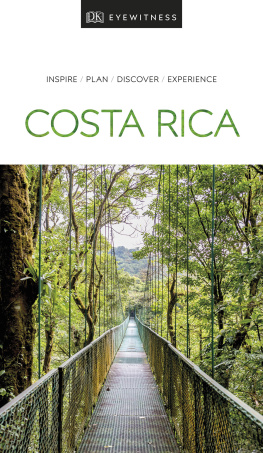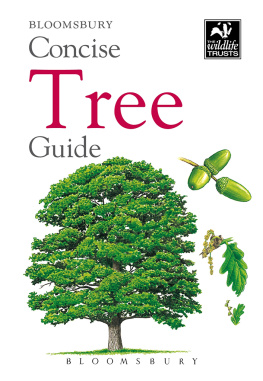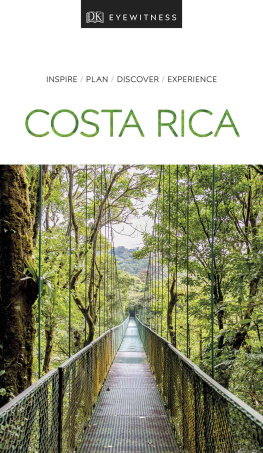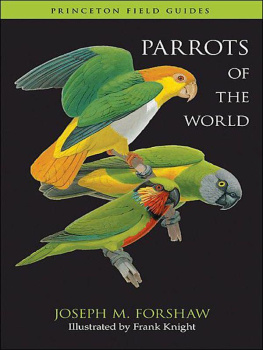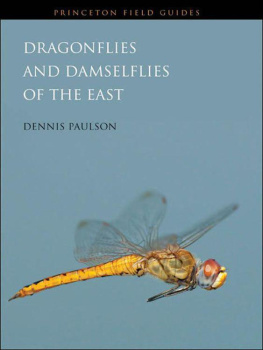Princeton Field Guides
rooted in field experience and scientific study, Princeton'Princeton guides to animals and plants are the authority for professional scientists and amateur naturalists alike. Princeton Field Guides present this information in a compact format carefully designed for easy use in the field. the guides illustrate every species in color and provide detailed information on identification, distribution, and biology.
Albatrosses, Petrels, and Shearwaters of the World, by derek onley and Paul scofield
Birds of Australia, eighth edition, by Ken simpson and nicolas day
Birds of Borneo: Brunei, Sabah, Sarawak, and Kalimantan, by susan Myers
Birds of Chile, by Alvaro Jaramillo
Birds of the Dominican Republic and Haiti, by steven latta, christopher rimmer, Allan Keith, James Wiley, Herbert raffaele, Kent McFarland, and eladio Fernandez
Birds of East Africa: Kenya, Tanzania, Uganda, Rwanda, and Burundi, by terry stevenson and John Fanshawe
Birds of Europe, by Killian Mullarney, lars svensson, dan Zetterstrm, and Peter J. Grant
Birds of Europe, second edition, by lars svensson, dan Zetterstrom, and Killian Mullarney
Birds of India, Pakistan, Nepal, Bangladesh, Bhutan, Sri Lanka, and the Maldives, by richard Grimmett, carol inskipp, and tim inskipp
Birds of Kenya and Northern Tanzania: Field Guide Edition, by dale A. Zimmerman, donald A. turner, and david J. Pearson
Birds of the Middle East, by r . F. Porter, s. christensen, and P. schiermacker-Hansen
Birds of Nepal, by richard Grimmett, carol inskipp, and tim inskipp
Birds of Northern India, by richard Grimmett and tim inskipp
Birds of Peru, by thomas s. schulenberg, douglas F. stotz, daniel F. lane, John P. o neill, and theodore A. Parker iii
Birds of the Seychelles, by Adrian skerrett and ian Bullock
Birds of Southeast Asia, by craig robson
Birds of Southern Africa, by ian sinclair, Phil Hockey, and Warwick tarboton
Birds of Thailand, by craig robson
Birds of the West Indies, by Herbert raffaele, James Wiley, orlando Garrido, Allan Keith, and Janis raffaele
Birds of Western Africa, by nik Borrow and ron demey
Caterpillars of Eastern North America: A Guide to Identification and Natural History, by david l . Wagner
Coral Reef Fishes, by ewald lieske and robert Meyers
Dragonflies and Damselflies of the West, by dennis Paulson
Mammals of Europe, by david W. Macdonald and Priscilla Barrett
Mammals of North America, by roland W. Kays and don e. Wilson
Minerals of the World, by ole Johnsen
Nests, Eggs, and Nestlings of North American Birds, second edition, by Paul J. Baicich and colin J. o . Harrison
Palms of Southern Asia, by Andrew Henderson
Parrots of the World, by Joseph M. Forshaw
The Princeton Field Guide to Dinosaurs, by Gregory s. Paul
Raptors of the World, by James Ferguson-lees and david A. christie
Seeds of Amazonian Plants, by Fernando cornejo and John Janovec
Sharks of the World, by leonard compagno, Marc dando, and sarah Fowler
Stars and Planets: The Most Complete Guide to the Stars, Planets, Galaxies, and the Solar System, Fully revised and expanded edition, by ian ridpath and Wiltirion
Trees of Panama and Costa Rica, by richard condit, rolando Prez, and nefertaris d aguerre
Whales, Dolphins, and Other Marine Mammals of the World, by Hadoram shirihai and Brett Jarrett
Copyright 2011 by Princeton University Press
Published by Princeton University Press, 41 William Street, Princeton, New Jersey 08540
In the United Kingdom: Princeton University Press, 6 Oxford Street, Woodstock, Oxfordshire OX20 1TW
nathist.princeton.edu
All Rights Reserved
Library of Congress Cataloging-in-Publication Data
Condit, Richard, 1956
Trees of Panama and Costa Rica / Richard Condit, Rolando Prez, Nefertaris Daguerre.
p. cm.(Princeton field guides)
Includes bibliographical references and index.
ISBN 978-0-691-14707-9 (cloth : alk. paper) ISBN 978-0-691-14710-9 (pbk. : alk. paper)
1. TreesPanamaIdentification. 2. TreesCosta RicaIdentification. I. Prez, Rolando, 1963
II. Daguerre, Nefertaris, 1969III. Title.
QK480.P2C66 2011
582.16097287dc22 2010005197
British Library Cataloging-in-Publication Data is available
This book has been composed in ITC Cheltenham with Gill Sans Family Display
Printed on acid-free paper.
Printed in the United States of America
10 9 8 7 6 5 4 3 2 1
Foreword
Forests of the tropics are famous for high species diversity. In Panama and Costa Rica, 200 or more species of trees can be found on a walk of a few hundred meters. This shocks visitors from Europe or North America, where a similar walk might uncover at most 10 species of trees. But those same visitors often study the ground layer of plants in a northern forest, and they are very likely to have learned more than 200 species of smaller plants. Many learned these plants by studying field guides such as the classic by Roger Tory Peterson and Margaret McKenney (1968). Peterson and McKenney'McKenney guide covers far more than 200 species, and thus it provides access for casual botanists to a wide diversity of plants.
For me (RC) growing up in North America, these field guides, for both plants and birds (Elias 1980; Petrides 1972; Ridgely 1978), were the basis of my development as an ecologist. It seems very likely to me I would not have ended up a professional in natural history, botany, and ecology if I had not had these sorts of guides to study. When I first took ornithology in Illinois, A Field Guide to the Birds (Peterson 1934) was in constant use on my tables and desks. Later, the Field Guide to Pacific States Wildflowers (Niehaus and Ripper 1976) was also just as important when I first studied botany in California.
In contrast, for two of us growing up in Panama (RP, ND), such field guides were scarce, and there were no plant guides. Our botany teachers at the University of Panama captured our attention, but there were no color plates to study over the dinner table, only technical floras (Croat 1978). Many potential botanists of Central America are very likely lost at this career stage because of this gap in their botanical studies.
We are trying to remedy the gap by offering an attractive book of photos and range maps for a large number of tree species. Our intent is that budding botanists and ecologists will often have it handy while they become familiar with the plants they encounter near their homes or on walks in the woods. If our impact can be anywhere near the impact of Peterson'Peterson classics, maybe there will be many more botanists and more such books in coming decades.
Acknowledgments
We foremost would like to thank Robin Foster, our mentor in tropical botany and tropical ecology. He first showed us how to study details of leaves to identify trees even when there were no flowers present, traditionally not the way botanists learn. Another prominent contributor to our work has been Suzanne Lao, who keeps track of complex databases and thus helps us organize complicated and oftenchanging scientific names. We also thank the Smithsonian Tropical Research Institute, with its excellent modern facilities in Panama City, for all manner of logistical support for our forays into Central American forests. Both the Smithsonian and the Center for Tropical Forest Science provided us financial support for the work leading to this book. Moreover, the Smith-sonian and the University of Panama, especially Professor Mireya Correa, let us consult specimens in their herbarium collections.

